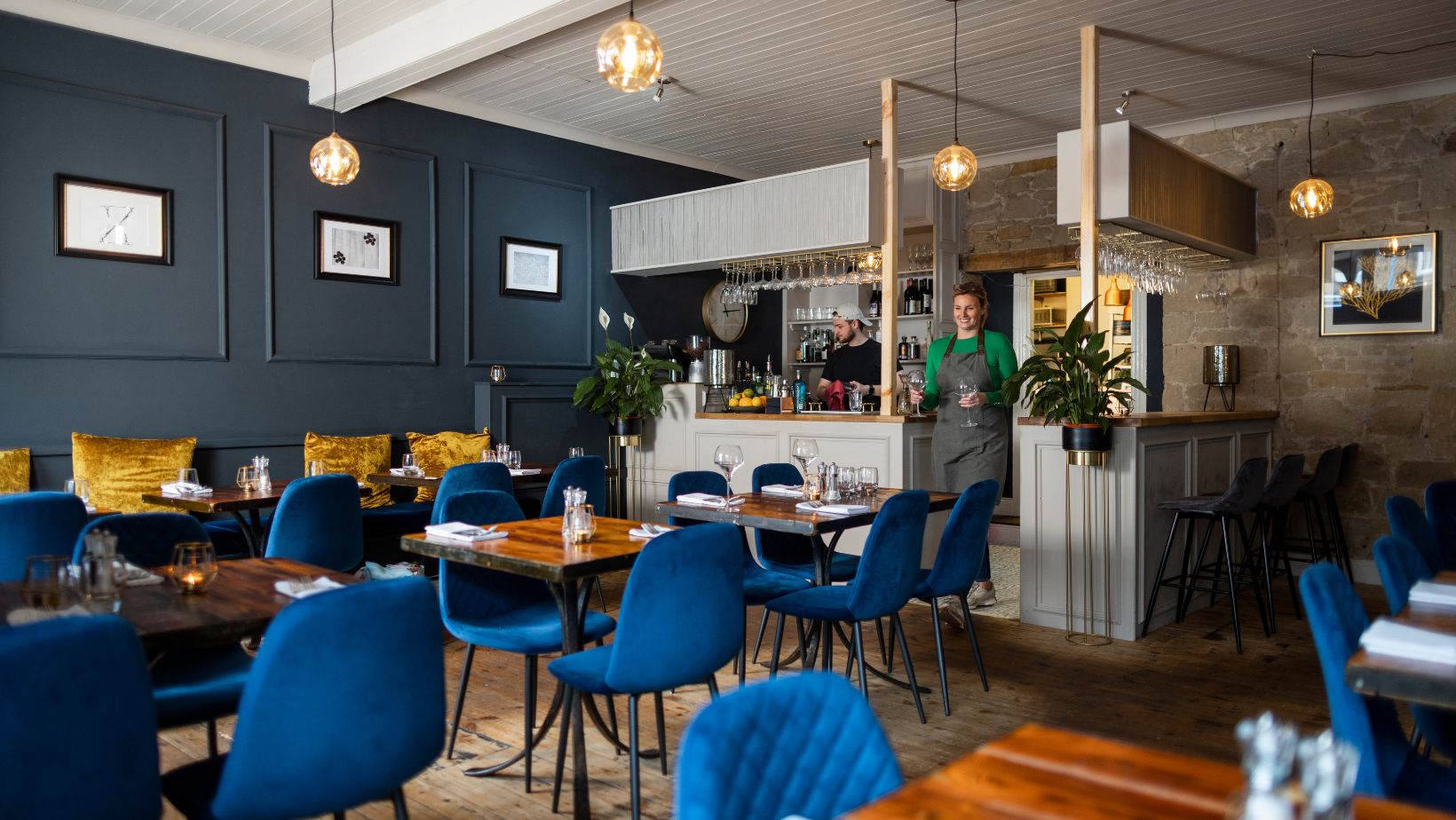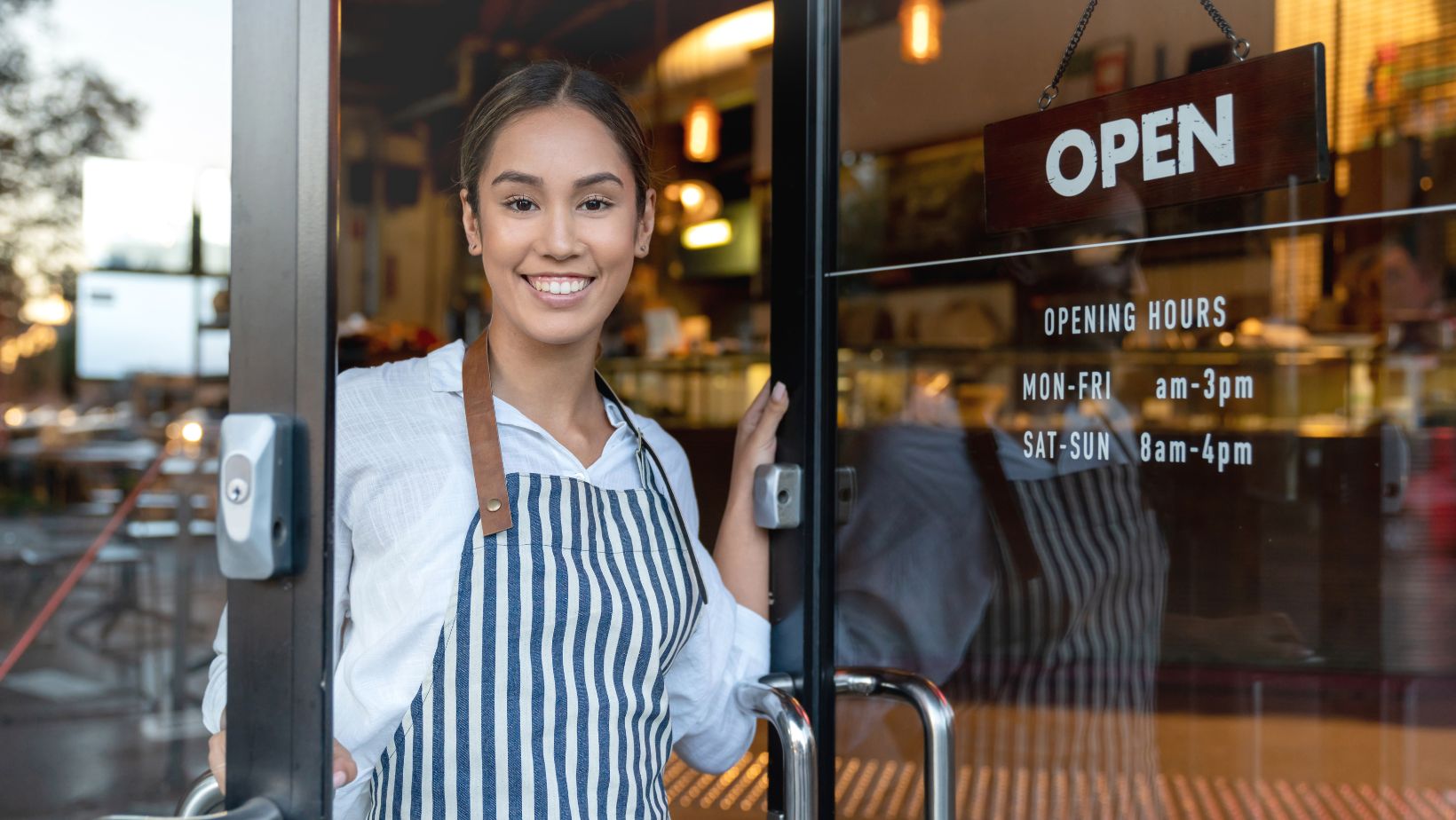Opening a restaurant is one of the most exciting enterprises, where art, business, passion, and food all blend under one roof. But like any other venture, this requires patience, huge investment, and loads of minute details to observe. Understanding the important steps taken and the considerations involved form a foundational basis for aspiring restaurateurs to find success. Throughout this process, we will go over concepts critical to opening a restaurant- from conceptualization to equipment purchasing and even legality. Each section will start with an introduction to the subject that the subheading presents.
Define Your Restaurant Concept and Target Audience
The first thing a businessperson has to do when setting up a restaurant is to develop a business idea and identify your target market. This will be the starting point from which all other decisions will be made.
Developing a Unique Concept
The restaurant’s concept includes the type of cuisine it will serve, the dining style that may be served (for example, casual, fine dining, fast food)-and the restaurant’s atmosphere. A clearly defined concept will help your establishment differentiate itself in a competitive marketplace. Consider whether your idea fits current food trends and how your menu and brand identity will reflect your restaurant’s concept.
Understanding Your Target Audience
Identify your target customers by demographic information, income levels, and dining preferences. For instance, families would want affordable and children-friendly dining, whereas young professionals would prefer the trendiest spots with quick service. Knowing your audience ensures your offerings and marketing strategies align with potential customers.
Write a Business Plan for Your Restaurant
A business plan for restaurants describes the goals, method of operation, and strategy in terms of finances.
It gives a road map required for any venture, and it’s what investors or lenders also require.
Key Components of a Restaurant Business Plan
The following are some of the key elements:

- Executive Summary: Summarize your concept, mission, and vision of the restaurant.
- Market Analysis: This is research on competitors and assessing the demand for your type of restaurant at the location in question.
- Menu Development: Highlight signature dishes and discuss pricing strategies.
- Marketing Plan: Explain how to capture and maintain a customer base through electronic marketing and rewards propositions.
- Financial Projections: This should cover the costs of establishing the business, expenses in running the business, and future earnings expectations.
Select the Perfect Location and Conduct Market Research
The place is the most important decision any restaurant owner can make. It has the potential to directly influence the number of people accessing your store or your products, the number of customers, and your profitability.
Factors to Consider When Choosing a Location
Following are some of the key factors that should be taken into consideration while choosing a location:
- Visibility and Accessibility: Select a site that guests and clients can easily find.
- Foot Traffic: Look for a busy street often trodden, especially near offices, businesses, malls, and housing compounds.
- Competition: The next step is to analyze other nearby restaurants to find where demand is outpacing supply.
- Space Requirements: Ensure that all facilities that comprise the property will support dining, use of a kitchen if included, and storage.
Obtain Required Licenses and Permits
This article outlines major factors to consider when opening a restaurant: The first thing anyone ever has to meet when opening new establishments are the local regulations in terms of permits and licenses. The lack of adequate documentation may result in fines or shutdown of your establishment.
Common Permits and Licenses for Restaurants
The following are some of the common permits and licenses for restaurants:
- Business License: This license grants one the right to run a business.
- Health and Safety Permits: It should be noted that these permits are useful to guarantee sanitary conditions.
- Alcohol License: This license is required if you plan to sell or even serve alcohol.
- Fire Safety Certification: The premises meet fire code regulations.
Design Your Restaurant Interior and Layout
Designing a warm, friendly space that functions well will ensure your customers’ comfort and facilitate efficient operation. Your design should mirror your restaurant’s concept and branding.
Interior Design and Ambiance
Consider lighting, furniture, color schemes, and other decorations that establish the venue’s mood. For example, dimmed lights and fancy furniture are just what a fine dining restaurant would want, while bright colors and casual seating work for a fast-casual restaurant.
Maximizing the Layout
They include:
- Dining Area: Maximize seating without sacrificing comfort for customers.
- Kitchen: Facilitate smooth workflow for the chefs and other staff.
- Storage and Restrooms: Ensure enough storage space and clean, accessible restrooms.
Source Quality Equipment and Supplies
Equipping your restaurant with proper equipment and appliances is indispensable for excellent service and maintenance of food safety.
Essential Kitchen Equipment
Your kitchen layout depends on your kind of menu, but common essential equipment comprises ovens, grills, refrigerators, and dishwashers. Quality equipment can be sourced from reliable suppliers, hence the need to purchase such equipment.
Look out for options at a commercial refrigerator auction to get the ideal equipment at a fraction of its retail cost. Auctions are great methods of bringing down your expenses without compromising on quality.
Hire and Train Your Team
Your restaurant’s organizational staff can give the business a boost or put it out. All the people, from the cook to the waiters, supervisors, and even the helpers in the kitchen, work for the customer’s benefit.
Recruiting the Right Talent
When searching for candidates, look for relevant experience, strong communication, and a passion for hospitality.

Hiring staff with a culture similar to your restaurant’s creates a positive working environment.
Providing Training and Support
Invest in thorough training that will make your team well-versed in food safety, customer service, and operations. Continuous support and feedback create morale and retain talented employees.
Develop a Marketing Strategy to Promote Your Restaurant
A strong marketing strategy is essential for building awareness and attracting customers to your new restaurant.
Pre-Launch Marketing
Generate excitement before opening day with tactics like:
- Social media teasers showcasing your menu and decor.
- Collaborating with local influencers to spread the word.
- Hosting a soft opening to gain valuable feedback.
Ongoing Promotions
Once your restaurant is operational, maintain customer interest through:
- Special events, such as themed nights or live music.
- Offer discounts or loyalty programs to frequent consumers.
- Create engaging content across all social media platforms.
Manage Your Finances and Monitor Performance
Operating a restaurant profitably requires effective financial management. This involves regularly monitoring income, expenses, and other key performance metrics for smart decision-making.
How to Manage Finances
Some of the ways to achieve this are as follows:
- Use restaurant-specific accounting software to streamline your bookkeeping.
- Food cost control and reduction of food waste by efficient inventory management.
- Analysis sales to determine what menu items are popular and change or add offerings as needed.
Wrapping Up
Opening a restaurant is multi-dimensional: It involves designing a strategy, utilizing every advantage available, and being committed to achieving these services. Every stage – from conceptualizing an idea down to deciding on a district and selecting the tools to advertising is significant for creating a fine dining experience. The following is a step-by-step breakdown of what aspiring restaurant owners will find in this guide to restaurant business ownership. By so doing, your restaurant will become an obvious choice among the food enthusiasts in your region.




